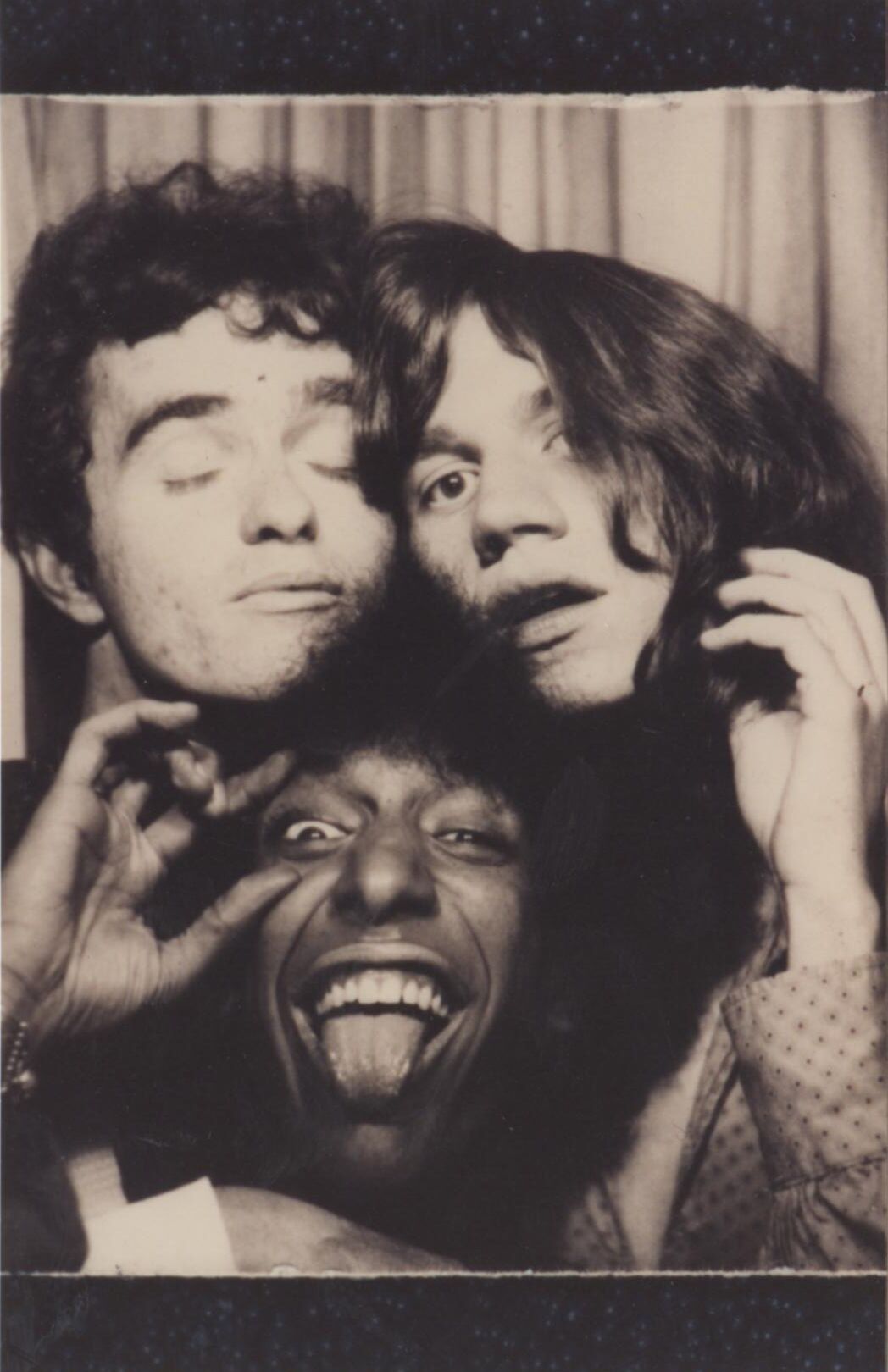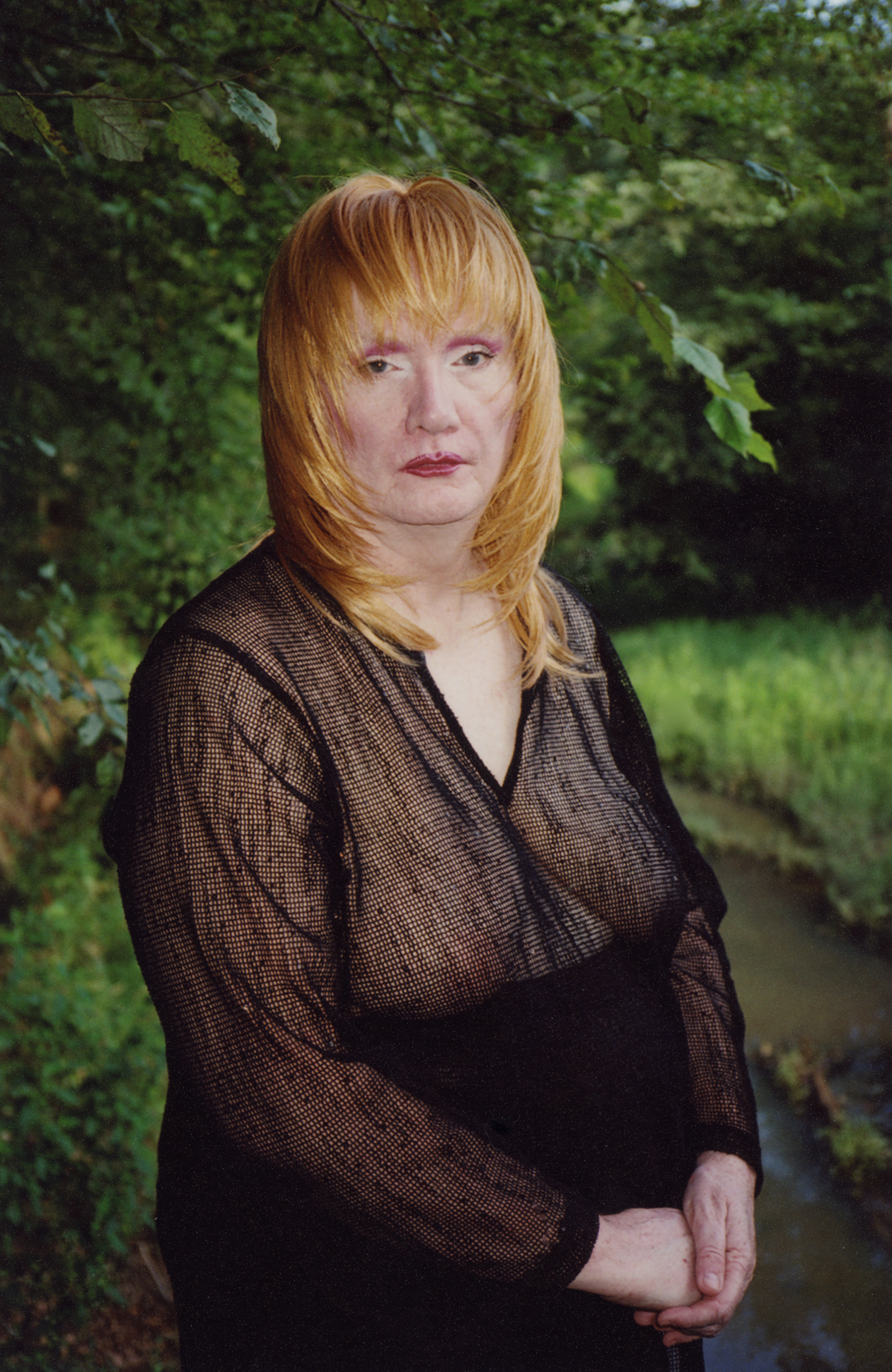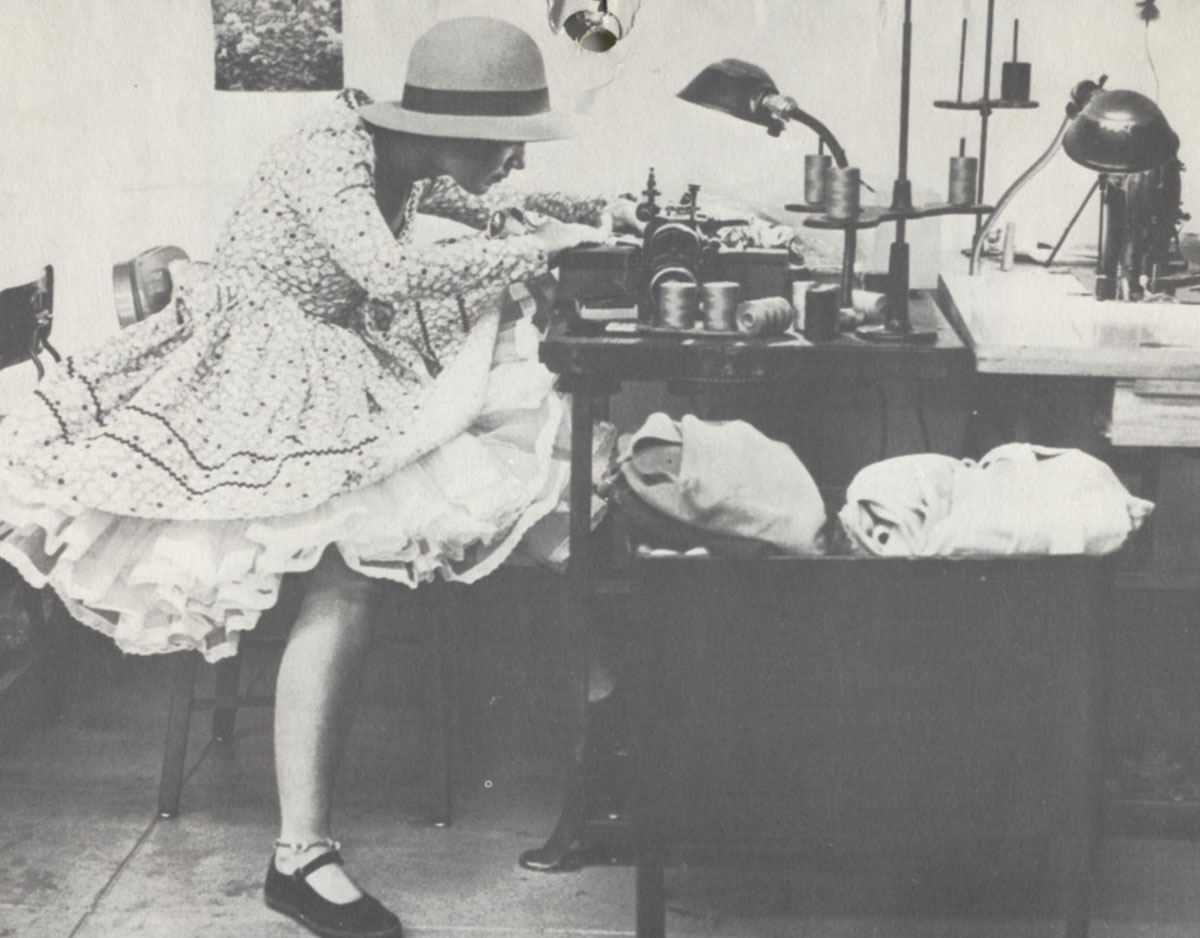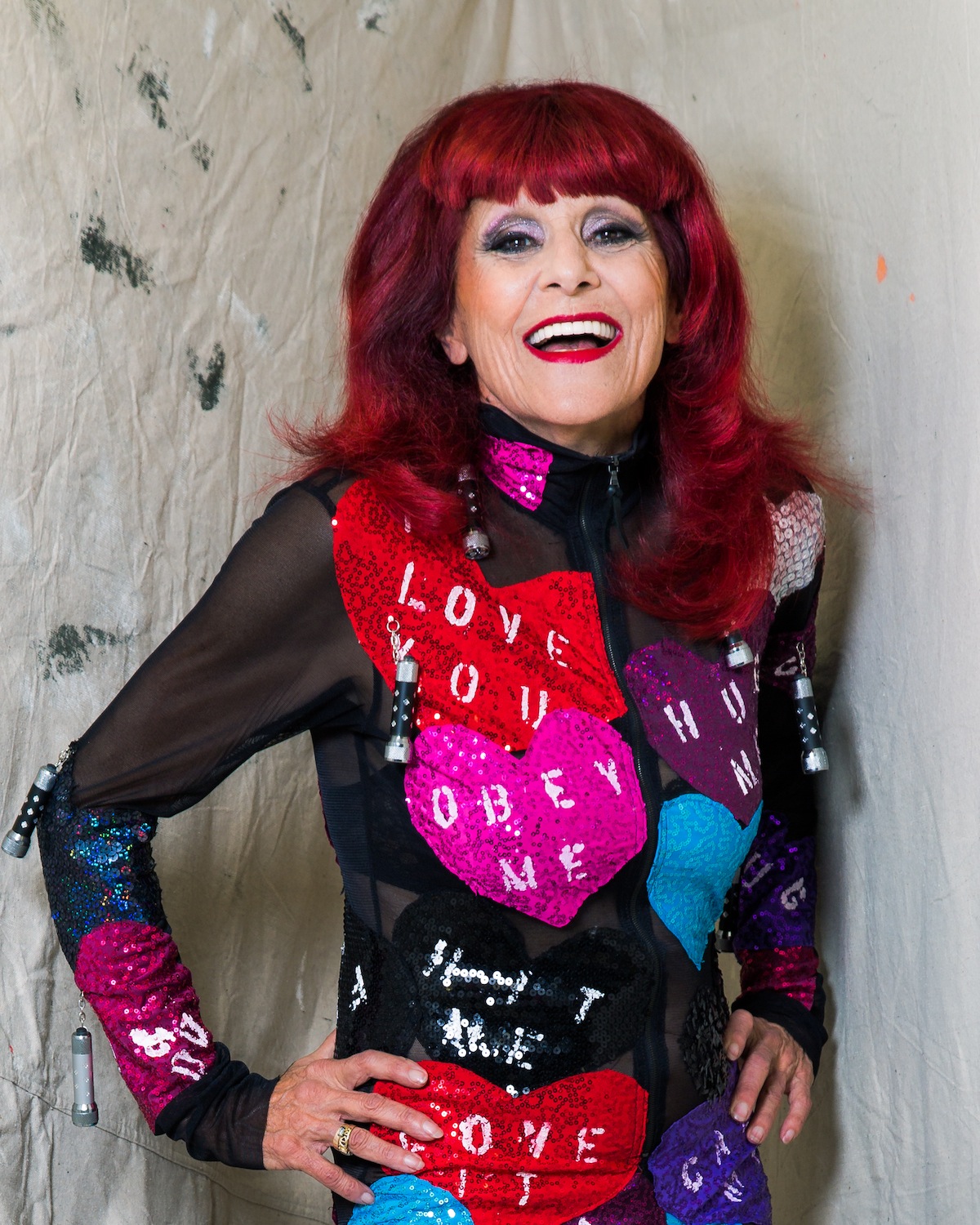The Stonewall uprising was a watershed moment that altered the course of history for the LGBTQ community in New York and around the world. On the 50th anniversary, Surface asked artists and designers connected to the scene at the time to talk about the lasting impact.
Stonewall Then and Now: Leading Artists and Designers Reflect on the Stonewall Uprising
Artist Thomas Lanigan-Schmidt, trans performer Jayne County, fashion designer Betsey Johnson, and others on the rebellion’s impact 50 years later.
Artist Thomas Lanigan-Schmidt, trans performer Jayne County, fashion designer Betsey Johnson, and others on the rebellion’s impact 50 years later.

Thomas Lanigan-Schmidt, Artist
“I never thought of [the Stonewall Riots as] a moment of resistance. I think of resistance as happening all along. It takes focus and becomes cohesive in a riot, so there’s no one moment for me. There is the feeling of being when dancing slow with someone. You feel affectionately and fully you. Since that was denied to us—high school dances and things—you feel like you’re on the outside. And to be included in something that a lot of heterosexuals would consider to be so normal, it becomes a very serious thing. It’s so basic. That’s why it’s a very important thing to talk about, and write about because people very often want to put a kind of didactic, political thinking in the foreground—and it wasn’t like that. That was part of it, but that wasn’t, and still isn’t, what pulls us all together. And sometimes didactic [reasoning] can pull people apart because it gets too strict with word usages.
Stonewall and its deepest meanings became apparent pretty quickly. In that sense, just being one of those kids means something. And also the historians have told me that I’m in pictures at Stonewall. I might be the only one in those pictures that’s still alive. I can’t prove that, but street life can be unpredictable and people can get suddenly murdered.
I see [the Stonewall Riots] endlessly shaping the LGBTQ movement, but I think, at the same time, we have to constantly reemphasize it because newer generations don’t know about it. Sometimes, it is not emphasized enough. It’s not taught in history classes for the most part, so what people find, they generally find on their own. Interestingly, people find it very much the same way they found it back then: they come to New York to meet other gay people, and then somewhere within that conversation it comes up, so it follows the same principle.”
Above: Thomas Lanigan-Schmidt, Martin Boyce, and Birde Rivera. Photo courtesy of Thomas Lanigan-Schmidt and and Pavel Zoubok Fine Art.

Jay Johnson, Interior Designer
“The Stonewall was the first gay bar that I ever went into. I arrived in New York in 1968, and had just turned 20. I wasn’t out then. I had come to New York with my twin brother Jed, and got an apartment in the East Village on 10th Street and Avenue A. We were both very naive. I had heard about the Stonewall and decided to check it out. I walked in and saw men dancing with each other, and was both excited and freaked out. I can still remember the night so vividly. Being very shy, I didn’t stay long and ran out when someone asked me to dance. I started working in a club Uptown called Arthur’s, and it was managed by Mickey Dean—a homosexual who tried to rape me—who later became the husband of Judy Garland. He was an awful person and provided Judy with barbiturates and alcohol until she died, which was only a few days before the Stonewall riots. So when the police raided the Stonewall, people were grieving Judy’s death—and the raid was the straw that broke the camel’s back. I really believe that there was a correlation between the police’s action and Judy’s death. The Stonewall changed it all, and the gay presence became very visible, very quickly in New York. By the time of the riots, I was an out homosexual and enjoying the fruits of the city.”
Above: Jay Johnson, Andy Warhol and Candy Darling. Photo courtesy of Jay Johnson.

Jayne County, Artist and Performer
“Being in the Stonewall riots was like being in a battle zone. The police were in a state of shock. They couldn’t believe that a bunch of nelly Queens and long-haired faggots would dare to stand up to them. And yes, the fags with the longer hair, like me, were standing up for themselves after years of oppression and persecution. During the riots, all the normal looking gays were standing around like a bunch of goons, simply enjoying the show, never daring to take part—[so as not to] mess up their thickly sprayed hair. And some of those fake tans shone out like orange jack-o’-lantern at Halloween. It was the freaks who marched and chanted; those in semi-drag, in bits and pieces of women’s clothes. Those queens and future transgender women of color led the rioters and threw the bricks and shouted insults at the police.
The Stonewall Riots meant the end of the LGBT community, taking bad inhumane treatment from the dominant straight society. There is, of course, a long way, now with the government is taking steps to push us all back into the closet. The Riots today mean more than ever in these trying times. Now we must be stronger than ever, as right-wing extremists attempt to take over and turn America into AmeriKa, a right-wing theocracy. For them, the Bible says that God hates us, and is punishing us for our sins. Now the LGBT community has to be stronger than ever. And the Stonewall Riots showed us the way. Take it to the streets if we have to. We all have to be ready to stand up and fight back—and look to the Stonewall Riots for inspiration.”
Above: Jayne County. Photo courtesy of Michael Fox.

Betsey Johnson, Fashion Designer
“You know, I recently took my grandkids to see Bohemian Rhapsody and Rocketman, and I just love that an entirely new generation of young people are being exposed to the truths of the LGBTQ community. Both of these recent films are opening up the conversation in brilliant and honest ways. I think the biggest difference between 50 years ago and now is how open we are to having these conversations, especially young people. I love that everyone—kids and adults—can see these stories of their heroes on the big screen.The way we can keep working towards true equality is by showing more of that truth.”
Above: Betsey Johnson. Photo courtesy of Betsey Johnson.

Patricia Field, Stylist and Costume Designer
“The Stonewall riots were my first memory of police aggression and violence against gays. In particular, it ended with someone being impaled on the Stonewall fence while trying to escape. I’m happy to say that we’ve come a long way. We have a gay, married and intelligent mayor trying to run for president, for example. But let’s not forget that we live in New York City, which does not represent the rest of our country.”
Above: Patricia Field. Photo courtesy of Patricia Field.
Lead Image: Thomas Lanigan-Schmidt. Photo courtesy of Thomas Lanigan-Schmidt and and Pavel Zoubok Fine Art.
